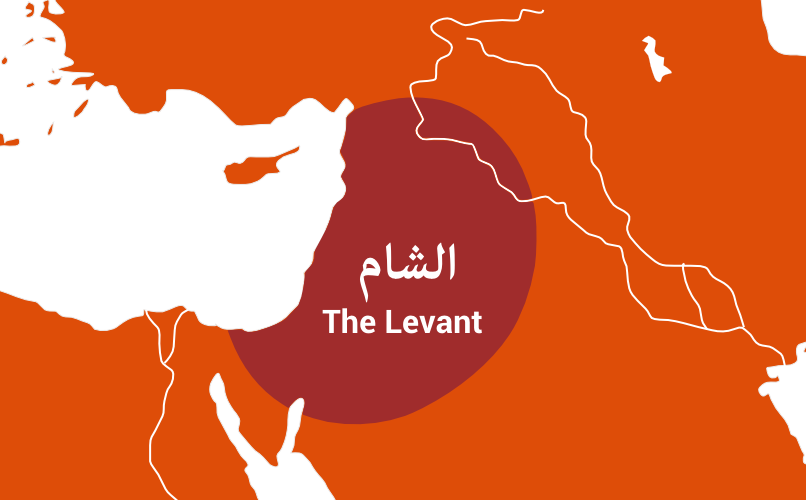Ebrahim Moosa | Palestine Information Network
In Rajab, Muslims around the world will remember the Isra and Mi’raj, the miraculous journey made by Sayyiduna Muhammad ﷺ to Masjid al-Aqsa and the Heavens, and with it, reaffirm the centrality and special place that Bayt al-Maqdis occupies in our hearts.
While cherishing the magnitude of this majestic event, it is worthwhile to appreciate that the link to Masjid al-Aqsa in the life of Sayyiduna Muhammad ﷺ is not limited to a single event, but rather encompasses a number of milestones throughout his blessed life.
In fact, a bond was forged with Shaam, the land of Masjid al-Aqsa, right from the moment of birth of the Beloved of Allah ﷺ, when his mother dreamt that a light was emerging from her by which the palaces of Shaam were being illuminated. This vision was physically manifested at the time of his blessed birth when a light indeed did illuminate the palaces of Shaam.
Scholars opine that the particular mention, at this juncture, of the palaces of Shaam signified glad tidings that the message of Nabi Muhammad ﷺ would reach this region, and that in time, it would become an important domain of Islam.
Sayyiduna Muhammad’s ﷺ mission to the world was the culmination of the undertakings of hundreds of Prophets sent by Allah ﷻ to mankind over thousands of years. Among these were numerous Ambiyaa who resided in Bayt al-Maqdis, and revered it as their qiblah. As the Seal of the Prophets, Sayyiduna Muhammad ﷺ reaffirmed this sacred link to Masjid al-Aqsa, and. in fact, took the connection to the pinnacle of glory.
A trade link was already in place between Makkah and Shaam when the Nabi of Allah ﷺ was born. He himself travelled to Shaam on two trading missions in his youth. It was also in Gaza, in the land of Bayt al-Maqdis, that his great-grandfather Hashim ibn Abd Manaf passed away whilst out for trade.
As Wahi began to descend, Sayyiduna Muhammad ﷺ carved out for the fledgling Muslim community a keen awareness of the sacred position held by Masjid al-Aqsa in the faith.
Even before the Isra and Mi’raj, the Qur’anic revelation during the Makkan period introduced the land of Masjid al-Aqsa as a land of Barakah, and recounted the accounts of several Ambiyaa who resided in Shaam, and even referenced specific sited in the region.
Whilst this was occurring, in Makkah, with the Ka’bah before him, the Nabi of Allah ﷺ would in fact be facing Masjid al-Aqsa whilst performing Salaah, as was the command from Allah ﷻ. This he did by offering his Salah standing before the Ka’bah between the Rukn Yamani and Hajr Aswad, thereby facing both the Ka’bah and Masjid al-Aqsa at the same time, although Masjid al-Aqsa officially remained the Qiblah.
What this emphasizes is that Nabi Muhammad ﷺ and the Sahaba (RA) in fact prayed towards Masjid al-Aqsa for more than 14 years in total, of which only about 16 months were in Madinah Munawarrah, while the rest of the time was in Makkah. Thus, Sayyiduna Muhammad ﷺ actually prayed towards al-Aqsa for a much longer period of his life than he faced the Ka’bah.
The mentioned Prophetic tarbiyah kindled in the early Muslims a keen interest and appreciation of the place of Masjid al-Aqsa in their faith. Such was the early Muslims’ connection to Bayt al-Maqdis that some had made it the subject of their vows and an expressed a keenness to visit it. Sahabah (RA) also paid attention to the political power dynamics in the region as can be referenced in the incident of Surah Room.
It is thus seen how, even before the Isra and Mir’aj, an Islamic framework was in place to emphasize the connection to Masjid al-Aqsa and link the Ummah spiritually and physically to its blessed environs.







